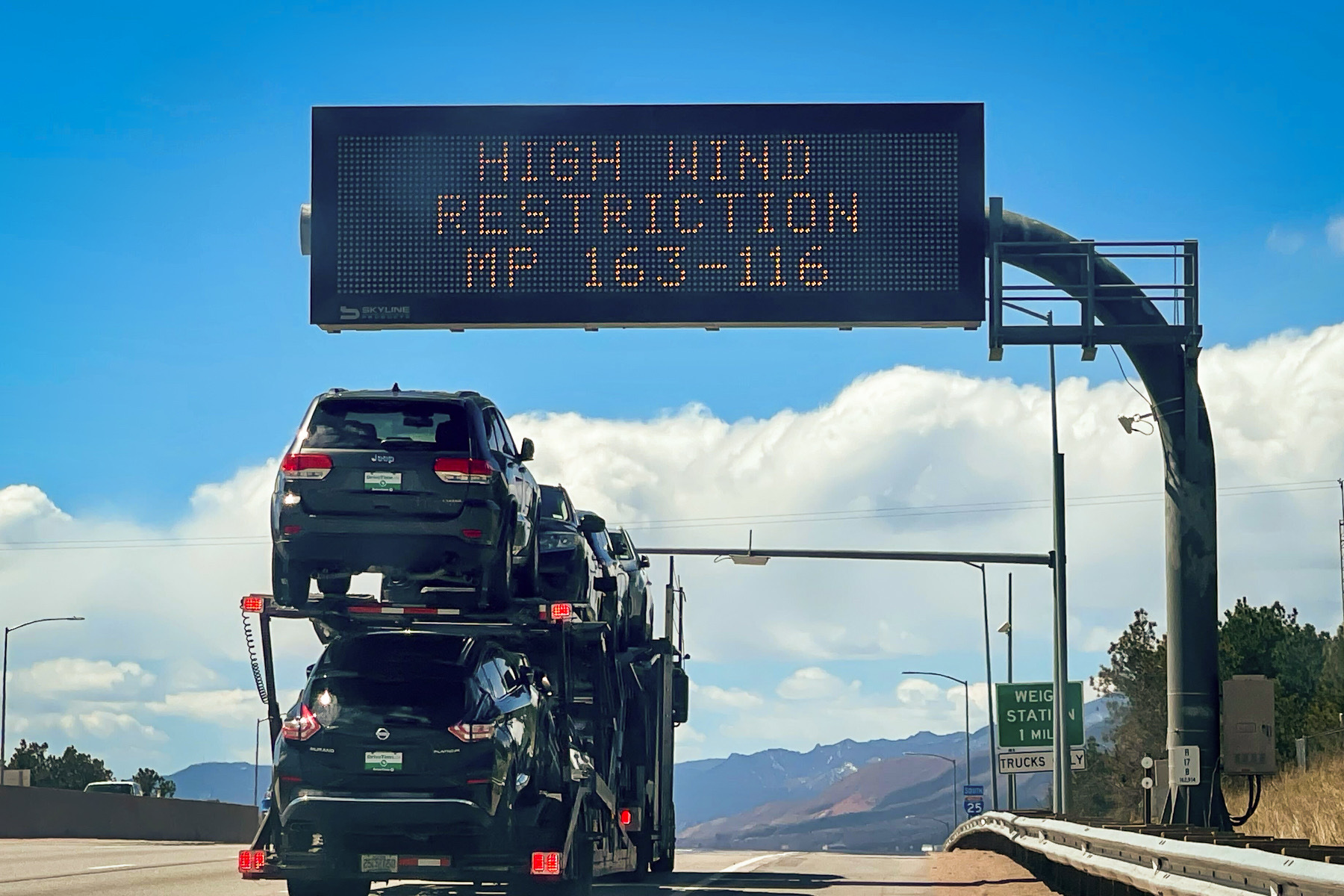
The windy weather whipping across Colorado on Monday morning brought unwelcome ozone from the upper atmosphere down to ground level, leading state air quality officials to issue a health advisory for a large part of Colorado’s Front Range and Eastern Plains.
While Colorado struggles with ground-level ozone each summer, the problem tends to result from other primary pollutants — like traffic exhaust or oil and gas emissions — forming ozone amid heat and sunlight. That pattern is the main reason the region has repeatedly failed federal air quality standards for the dangerous lung irritant.
That’s not the case for today’s ozone advisory, which is active from 8 a.m. to 4 p.m. State health officials say it’s the result of what’s called a stratospheric intrusion.
Dan Welsh, an air quality meteorologist for the Colorado Department of Public Health and the Environment, confirmed the event occurred due to the same weather pattern behind the region’s high winds. While stratospheric intrusions occur in Colorado a handful of times a year, Welsh said the events rarely impact surface air quality.
“There’s a reason we don’t hear about these constantly. They are oddballs in the world of meteorology,” Welsh said. “They do happen, but they’re not something we need to be concerned about on a day-to-day basis.”
While ground-level ozone is dangerous, the compound forms a protective layer at higher altitudes, where it helps guard plants and animals by blocking unsafe levels of ultraviolet radiation. The critical shield, however, can end up near the surface under certain weather conditions. These intrusions are more likely to occur over mountainous states with higher elevations, research shows.
State health officials say the phenomenon is why air quality reached unhealthy levels Monday morning. An official air monitor in Chatfield State Park, for example, measured ozone concentrations of 100 parts per billion at 6 a.m., 30 ppb higher than the federal standard of 70 parts per billion.
As a result, the Colorado Department of Public Health and Environment advises adults and children to reduce prolonged or heavy exertion outdoors. Ozone concentrations are expected to taper off later in the afternoon.
The advisory is in effect for Boulder, Gilpin, Clear Creek, Jefferson, Broomfield, Denver, Douglas, Teller, El Paso, Pueblo, Huerfano, and western parts of Douglas and Arapahoe Counties.









